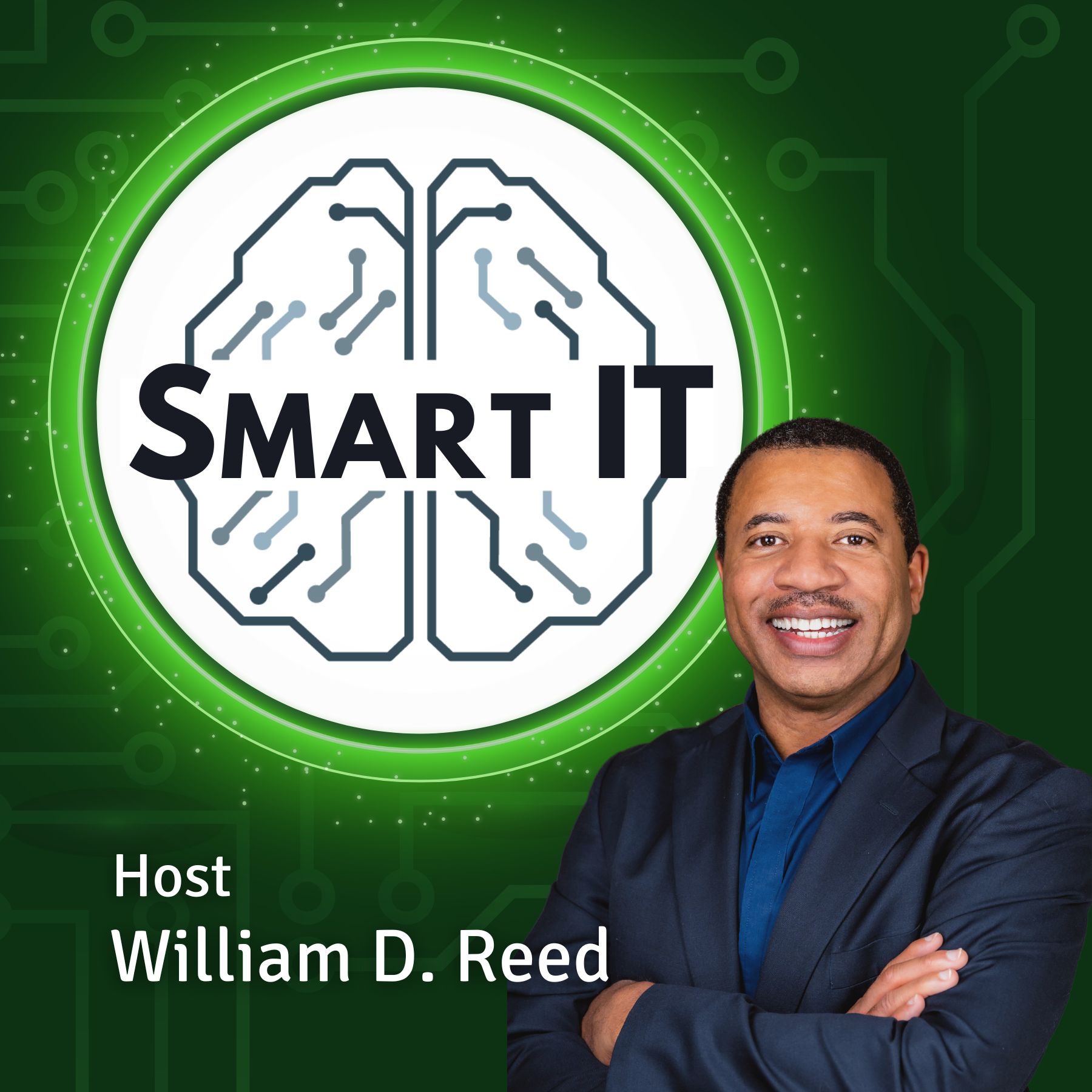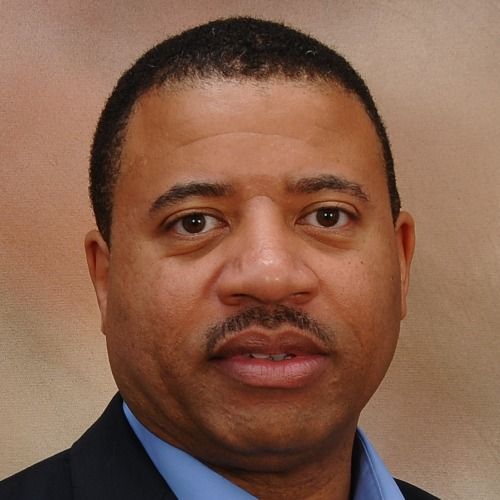Episode 16
Thinking about how we Think about Cyber Security - Part 2
On this weeks episode of The Smart IT Podcast, I welcomed back Prachee Kale, Co-Founder of Think.Design.Cyber., to the show. This was a great follow-on to Part 1 session. We continued our discussion on thinking and cyber security, including:
- How to structure our teams to work in the most optimal ways, looking to striking the right balance. This is a skillset that IT professionals don't necessarily learn.
- Security professionals need to leave "no" behind, rather provide prudent guardrails and help for the business to move forward. It is a shift from naysayers to asking "how can we do this". Be the accelerant instead of the brakes. How do we make make it safe and secure. Have that customer mindset, both internal and paying customers.
- Complex Adaptive Systems. Way to apply problem solving approaches to cybersecurity. Problem solving through lens of systems thinking, with principles such as reinforcing loops. Lot of similar problems and approaches. Understand the system dynamics in play in your field. Liken to other industries that have solved some of these issues. Import some of their approaches and see what works in your environment.
- Helping the introverts. You become what you think you are. Does not mean you are not intelligent or don't have ideas. We assign characteristics that are not useful, such as "I have nothing to say". Can start to believe you have nothing to say, have no ideas, or have nothing to contribute to the group. This can lead to a negative feedback loop. You can make an impact without changing yourself. You have the power to change the dynamics of our interactions. How to lead, harness other introverts.
- Getting past the blame game. Having perspective of the other side. Have perspective and empathy. Ask how do we simplify how we do things? How are we doing for the well being of our team?
- Look at big picture; beyond controls frameworks. Can you outthink your adversaries?
- Controls Chain of Fitness. Filtering process analyzing efficacy of controls, which ones are actually helping to defend, along with their costs. Looking at automated controls. Mind blowing moments are possible when you are more intentional in your thinking about how you approach your work
Wrapping up, we talked about the concept of returning money to the business. CISOs may have opportunities to return money out of their budget back to the business to invest in growth. This is opposed to a department siphoning money from the business, security teams can now be seen as business enabler, having a P&L impact. This is a mindset change! And not because you are cutting what is needed, but you are making your program investments and resources more efficient. Opportunities to save money. Let's do more design and systems thinking.
Hashtags
#thinking #designthinking #industrialdesignthinking #systemsthinking #innovation #cybersecurity
Brilliant Beam Media Syya Yasotornrat
Show Notes Resources
Prachee Kale on LinkedIn: https://www.linkedin.com/in/pracheekale/
Think.Design.Cyber on LinkedIn: https://www.linkedin.com/company/think-design-cyber/
Think.Design.Cyber website: https://www.thinkdesigncyber.com/
William D. Reed on LinkedIn: https://www.linkedin.com/in/cciewill/
Smart IT info: https://www.williamreed.info
Podcast on YouTube: https://www.youtube.com/@thesmartitpodcast
Podcast Homepage: https://the-smart-it-podcast.captivate.fm/

